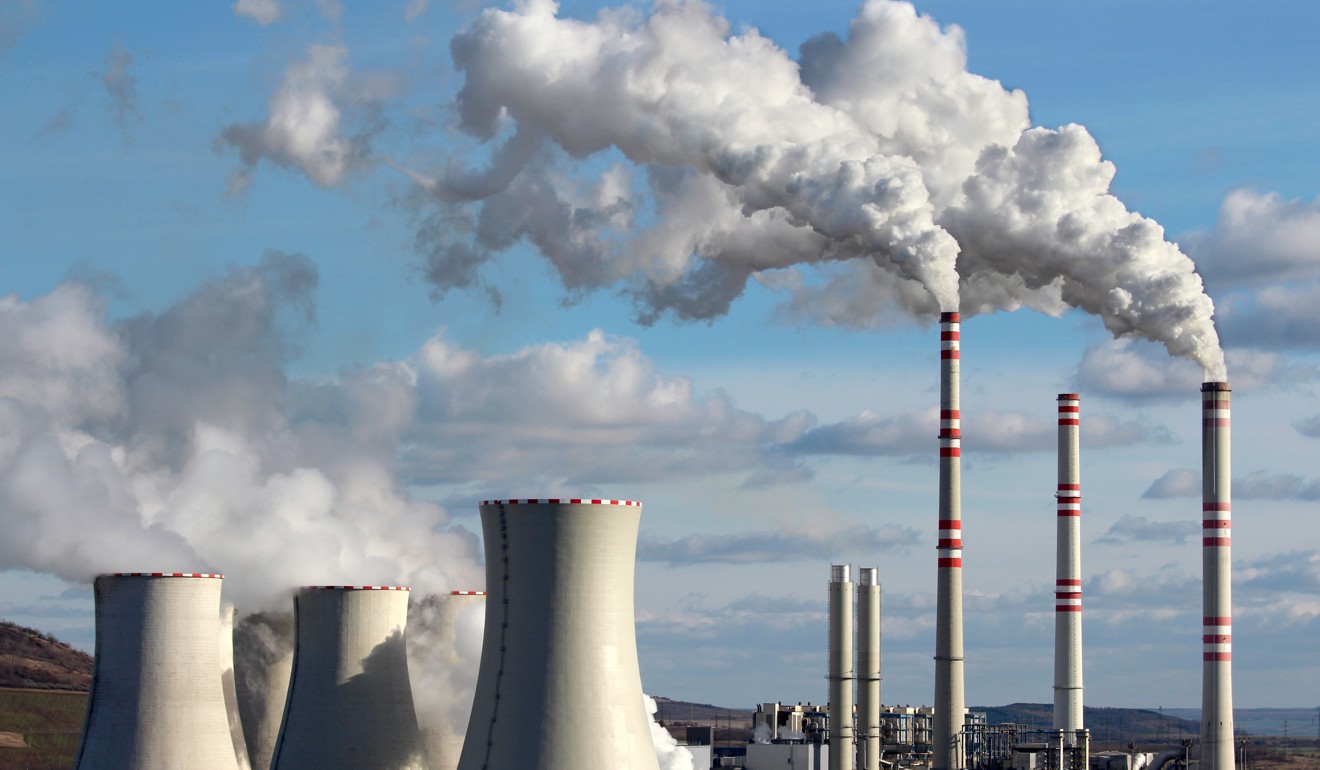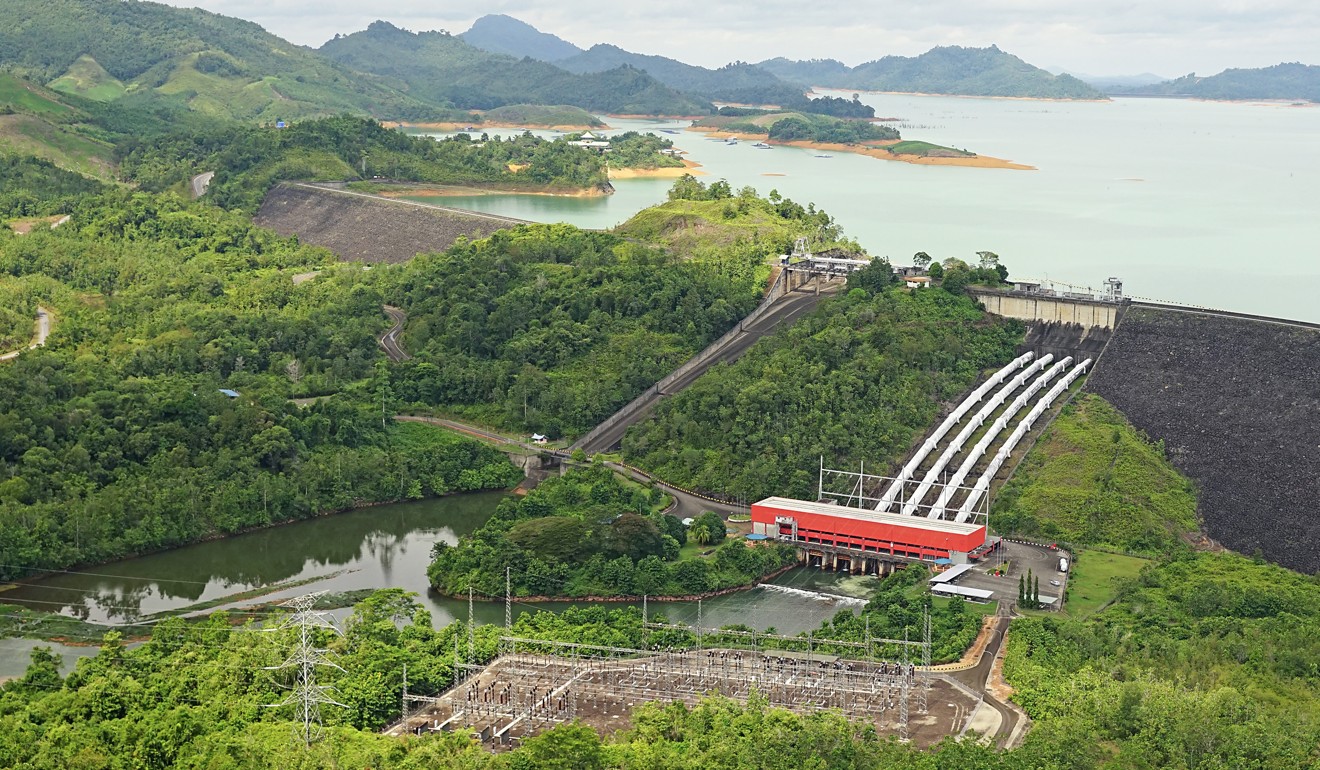Why global switch to renewable hydropower may be the answer to limiting climate change
- Sarawak, Malaysian state on Southeast Asian island of Borneo, targets renewable energy from its abundant water supplies
- State-owned power company Sarawak Energy’s focus on hydropower comes as it targets three of UN’s 17 Sustainable Development Goals
Human activities currently consume close to 150,000 terawatt-hours of energy each year – 25 times more than in 1800.
Today’s energy supplies are largely derived from fossil fuels, which have been proved to contribute significantly to climate change.
“It's clear that they are great pollutants,” Eddie Rich, CEO of International Hydropower Association, a non-profit organisation working to advance sustainable hydropower, has told South China Morning Post’s Morning Studio.
It's clear that fossil fuels are great pollutants … they are contributing enormously to climate change. We have to do something to move beyond this reliance on fossil fuels to renewable energies
“[We] are using up the world's resources and they are contributing enormously to climate change – man-made climate change. We have to do something to move beyond this reliance on fossil fuels to renewable energies.”
As reserves of fossil fuels are being depleted, industries and governments are increasingly looking at other alternative sources of energy, particularly renewable energy.

The focus of renewable energy has been centred on solar and wind energy, but what happens when the sun goes down and the wind speed drops?
The Malaysian state of Sarawak – home to more than 55 rivers with a combined length exceeding 3,300km (2,050 miles) on the island of Borneo – is playing to its strengths and sustainable competitive advantage by investing in hydropower to drive development. The goal is to supply Sarawak with full electrification by 2025.
Focus on affordable and clean power
Hydropower is the largest source of renewable energy in the world, accounting for around 16 per cent of the planet’s electricity.
Sarawak joins other hydropower successes around the world including Norway, Canada, Brazil and China.
At present, Sarawak’s three large hydropower dams have a combined installed capacity of 3,452MW of renewable energy, in line with the state-owned energy developer and power company Sarawak Energy’s goal to help fulfil one of the UN’s 17 Sustainable Development Goals (SDG) of affordable and clean energy.
This has led to a 77 per cent reduction in carbon emissions from the state’s electricity system since 2009, when Sarawak started focusing strongly on hydropower.
There are opportunities around the world for growth in hydropower ... [we must] draw on the lessons of the past, in terms of environmental, social and climate impact, to make sure that the impacts can be very positive
In turn, this cut has contributed to Malaysia’s 2015 UN Climate Change Conference (COP21) target of a 45 per cent reduction by 2030. This is to be achieved despite hydropower accounting for less than 10 per cent of the energy mix in Malaysia, outside Sarawak.
The availability and accessibility of hydropower sources in the state mirrors countries such as Norway and Uruguay, where almost 100 per cent of electricity is generated from hydropower.
“There are opportunities around the world at the moment for more growth in hydropower,” Rich says.

“As I look to the future of hydropower, I hope that there'll be a lot more of it – and it will be replacing much of the fossil fuel production and complementing other forms of renewable energy.
“I also hope that it will draw on the lessons of the past, in terms of environmental, social and climate impact, to make sure that the impacts can be very positive.”
Sarawak has not only an abundance of waterways, but also benefits from all-year-round rainfall and tropical monsoons.
This plentiful supply of water has made Sarawak a key mover in Southeast Asia’s Association of Southeast Asian Nations power grid; it began exporting power to West Kalimantan across the Indonesian border in 2016.
As I look to the future of hydropower, I hope that there'll be a lot more of it – and it will be replacing much of fossil fuel production, and complementing other forms of renewable energy
By working with neighbouring utilities such as PLN in Indonesia and Sabah Electricity Sdn Bhd in Sabah, Sarawak Energy plans to complete a Borneo Grid connecting the member states of Borneo – Brunei, Sabah, and Kalimantan – with its hydro resources.
In the longer-term, Sarawak can potentially export power to Southeast Asian states beyond Borneo, such as parts of the Philippines, Java, in Indonesia, Singapore and West Malaysia.
State combines different energy sources
To further maximise hydropower, the ways in which it can complement other forms of renewable energy should be fully explored, Rich says.
Hydropower currently accounts for 75 per cent of Sarawak’s total power generation mix.
For energy security, the state balances its hydro strengths with thermal energy from indigenous gas and coal resources. Sarawak is also exploring large-scale solar power production that floats on existing lakes instead of clearing land for solar farms.
Sarawak Energy targets large-scale solar power and other renewable energy to account for 4 per cent of the total mix by 2030.

The diverse geographic make-up of the state means Sarawak Energy also uses micro-hydro and solar hybrid to power scattered and remote rural communities. The power company is also exploring hydrogen’s potential as an alternative fuel and energy.
The UN’s 17 SDGs are interconnected so achieving all of them by 2030 may be too challenging, but some core goals are likely to be within reach by then: affordable and clean energy (Goal no 7), which is closely linked to decent work and economic growth (Goal no 8) and climate action, via the reduction of carbon emissions (Goal no 13).
With a good mix of different renewable energy sources, Sarawak is creating a template for states across Southeast Asia and the wider region to move away from a dependence on coal and gas-generated electricity while playing their part in achieving the 17 SDGs.

